
ReferralCandy blog
Where ecommerce growth begins
The ultimate guide to referral and affiliate marketing for ecommerce brands

How Referrals Can Drive Repeat Purchases After the Holidays
Referrals can turn holiday shoppers into repeat buyers. Learn Q1 retention tactics, reward ideas, and referral strategies that boost post-holiday purchases.

Raúl Galera
December 3, 2025
Referral marketing
Affiliate marketing
Influencer marketing
Ecommerce marketing
Social media marketing
Looking for more? Check out our resources on these topics
- Analytics
- Branding
- Content Marketing
- Design
- Ecommerce Case Studies
- Email Marketing
- Marketing
- Social Media Marketing
- Tools



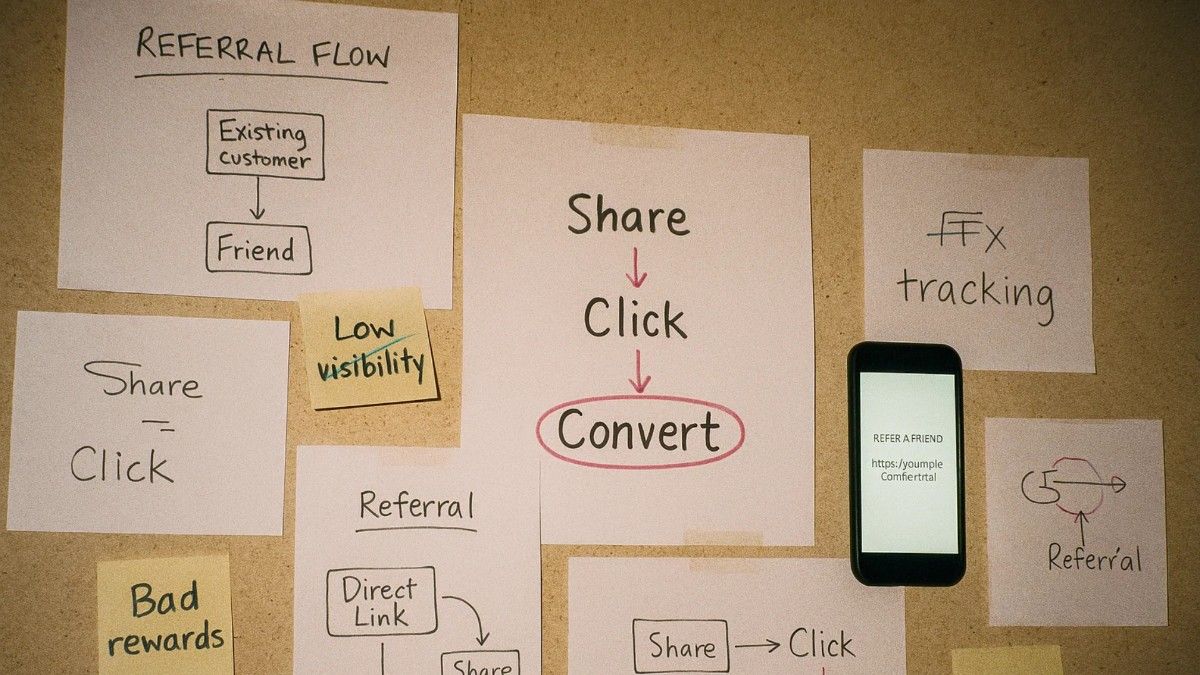
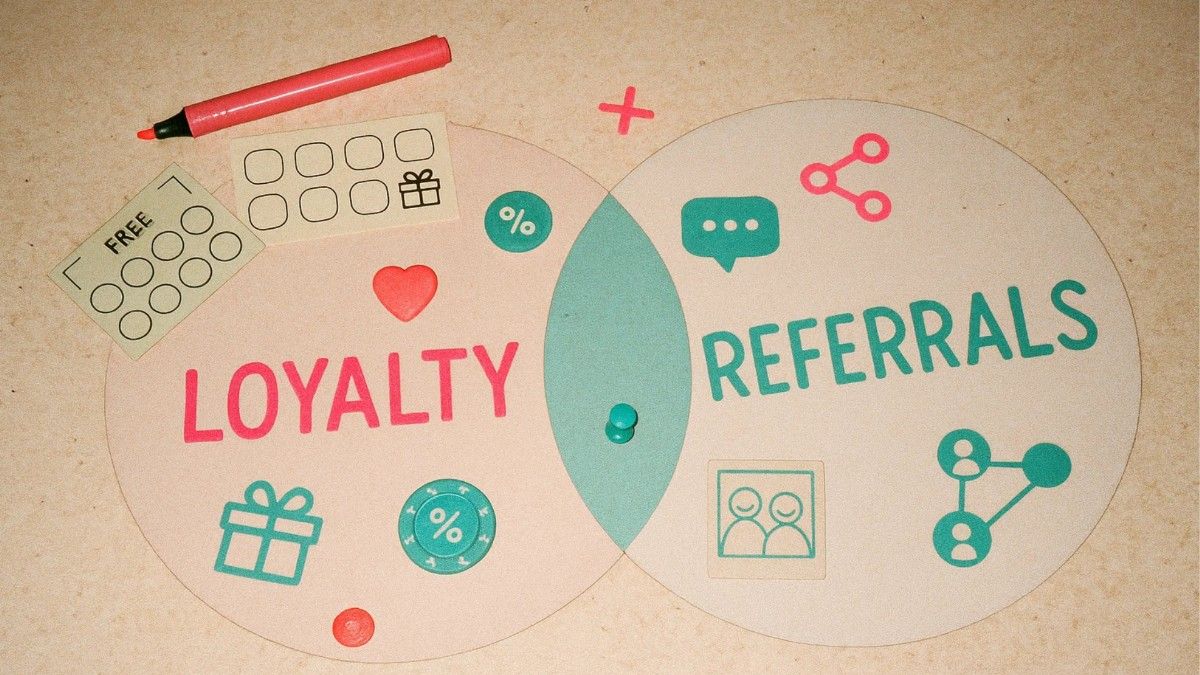






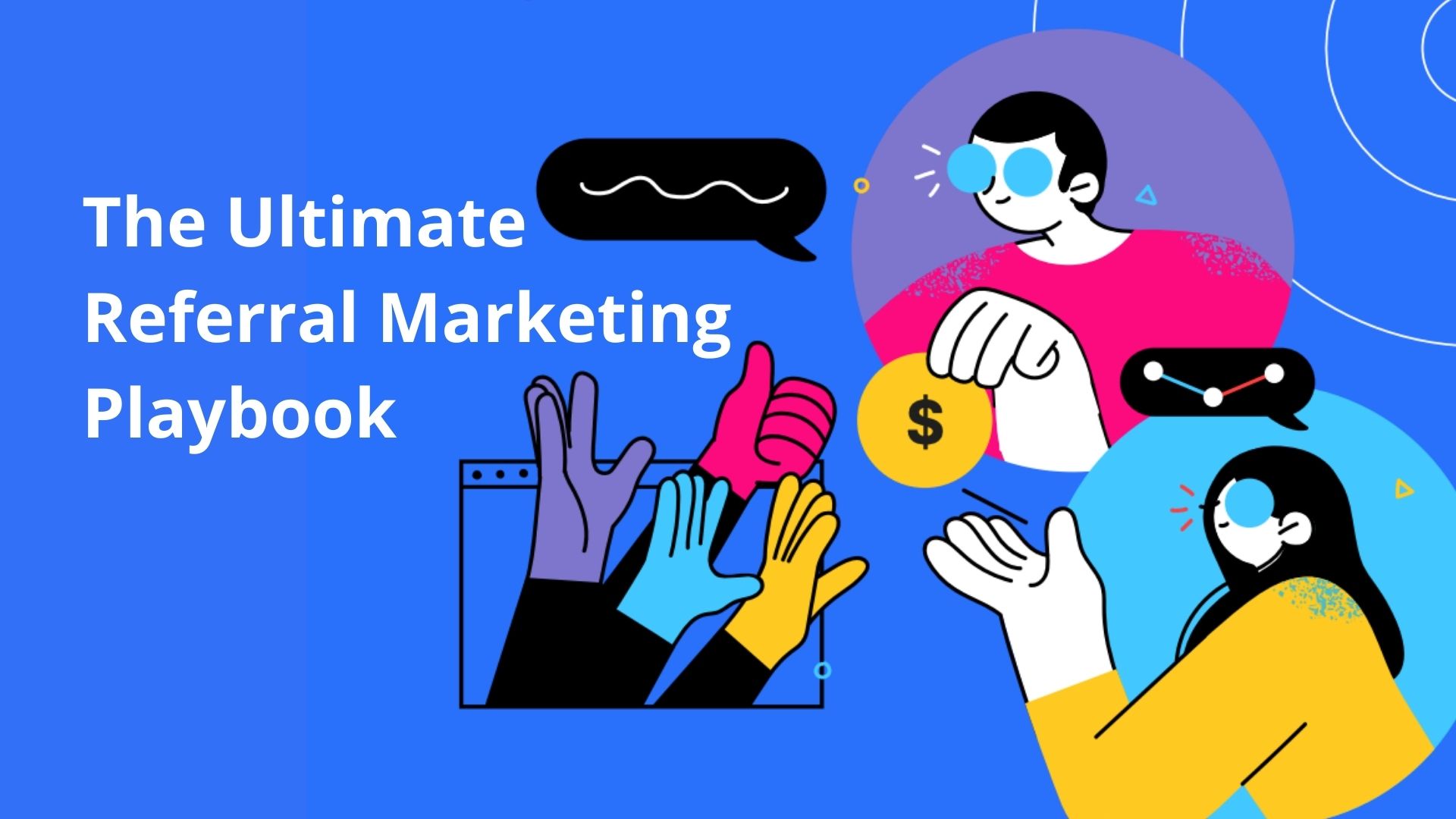



.webp)
.webp)
.webp)














%20(2).webp)






.webp)
.webp)



.webp)



.webp)



.webp)
.webp)


.webp)
.webp)
.webp)
.webp)



.webp)

.webp)
.webp)


.webp)

.webp)


.webp)


.webp)




.webp)

.webp)
















![Infographic: Why Referral Marketing is Awesome [2021 Update]](https://cdn.prod.website-files.com/6185b708a2657014268d2eaf/620498443877092dfe557e88_why-referralmarketing-is-awesome-featured.webp)





















.webp)


.jpg)
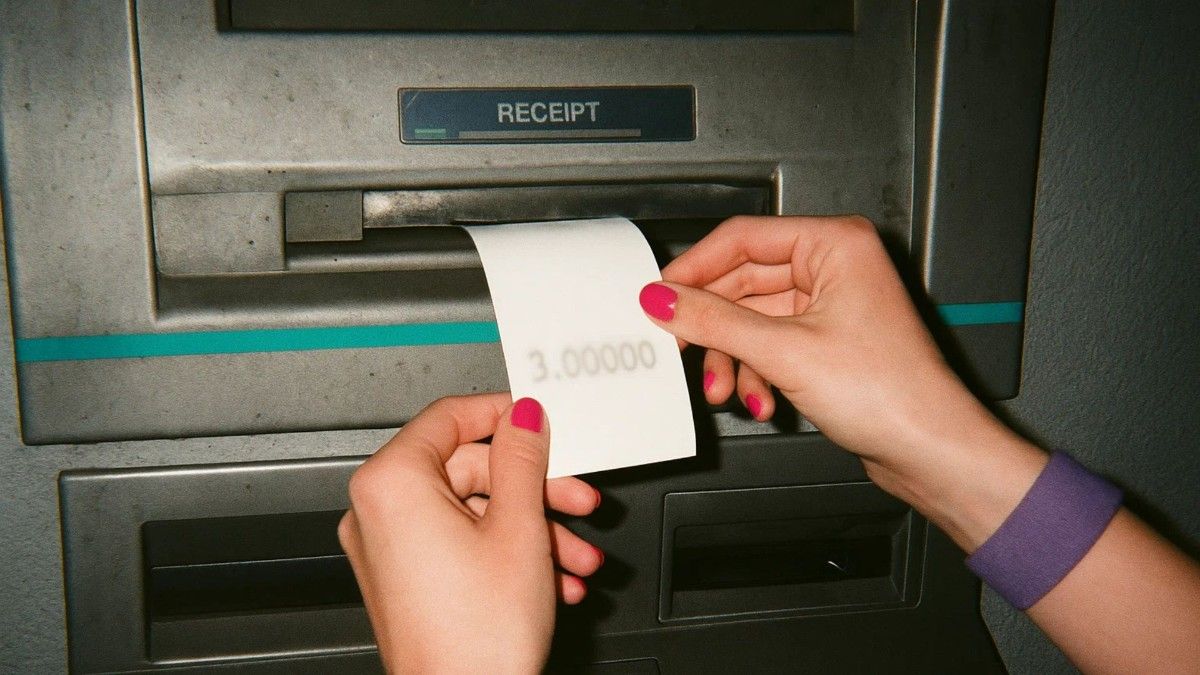











.webp)




.webp)
.webp)



%20(2).webp)
.webp)

.webp)



.webp)


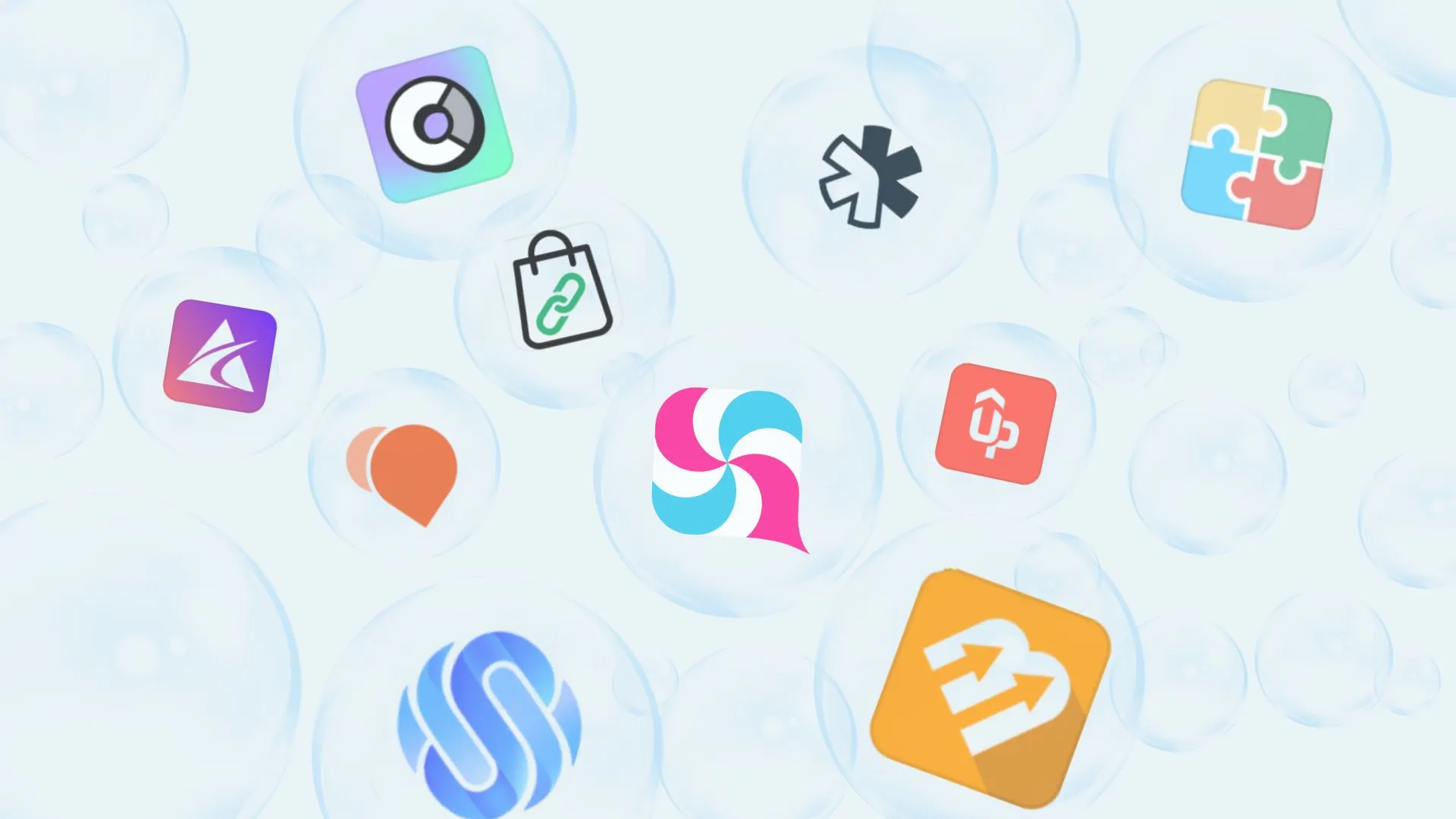

.webp)
.webp)




.webp)













.webp)
.png)
.webp)
.webp)
.webp)
.webp)


